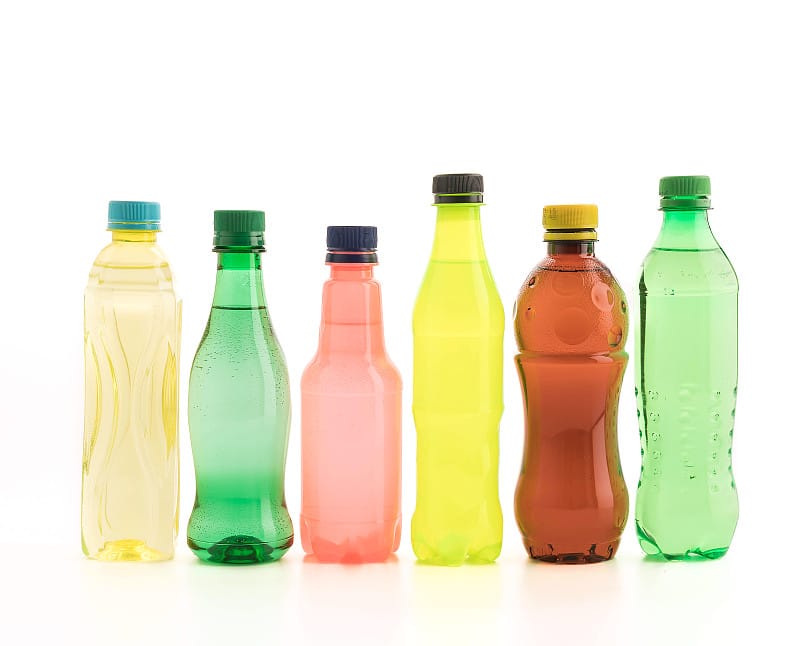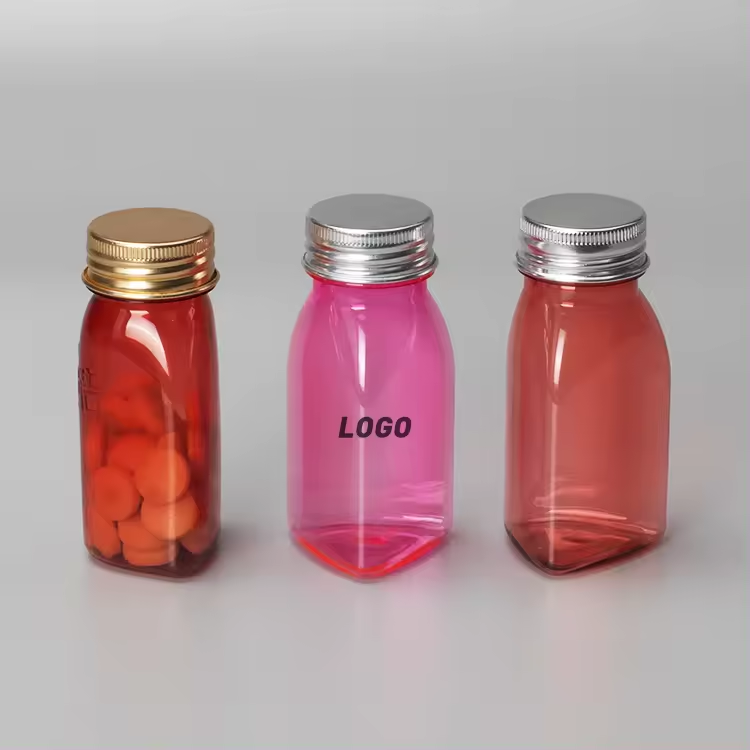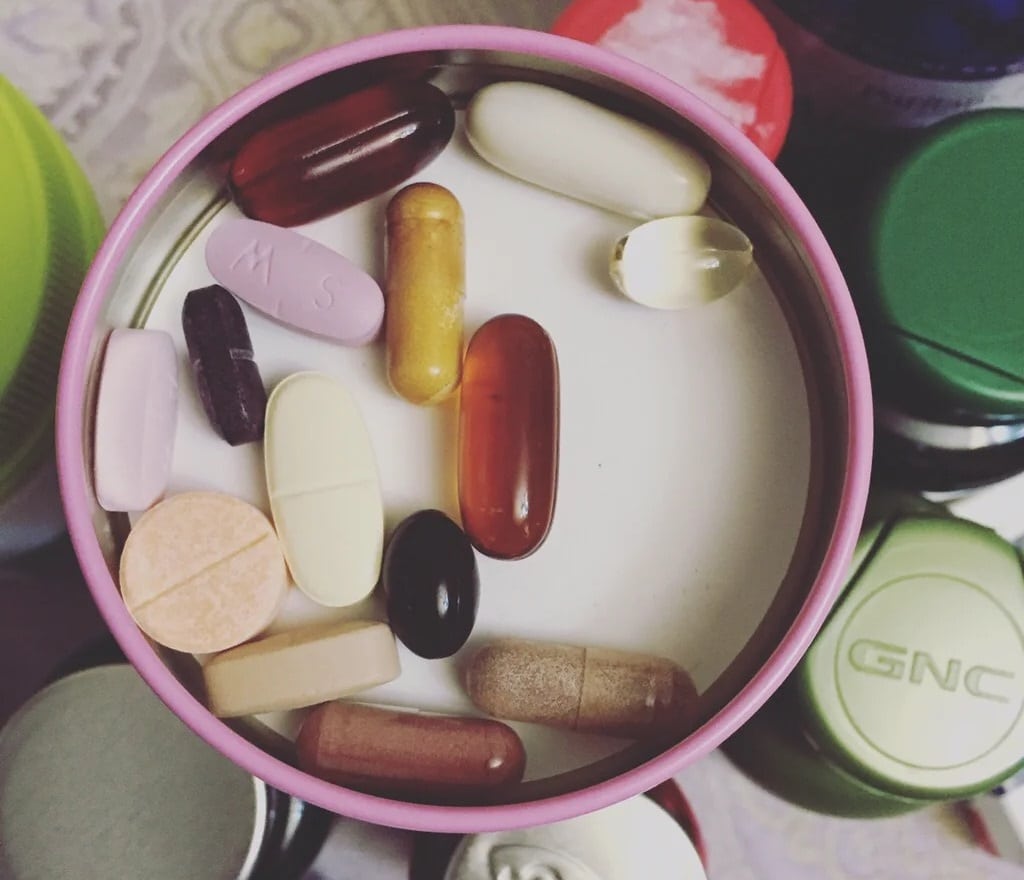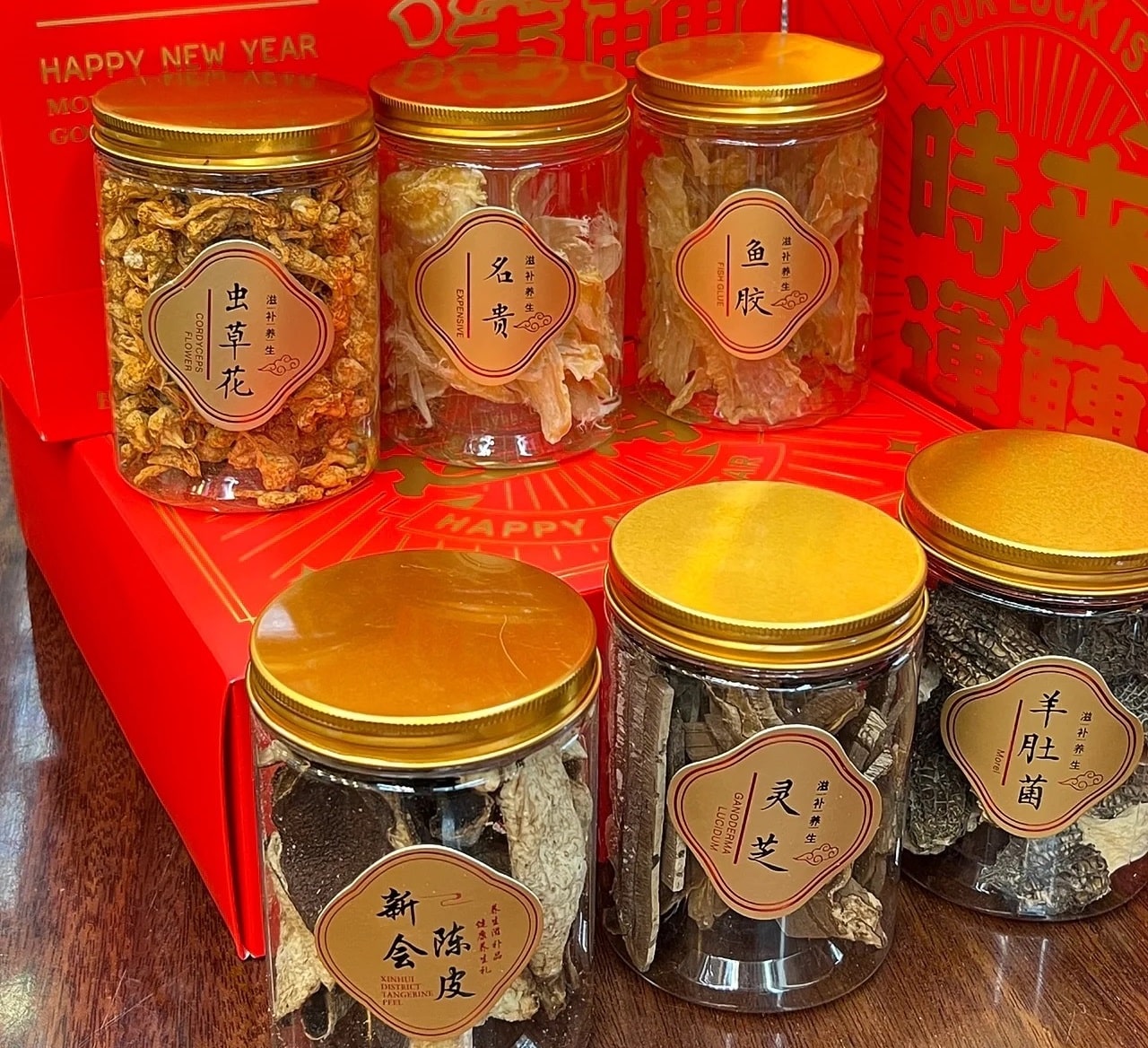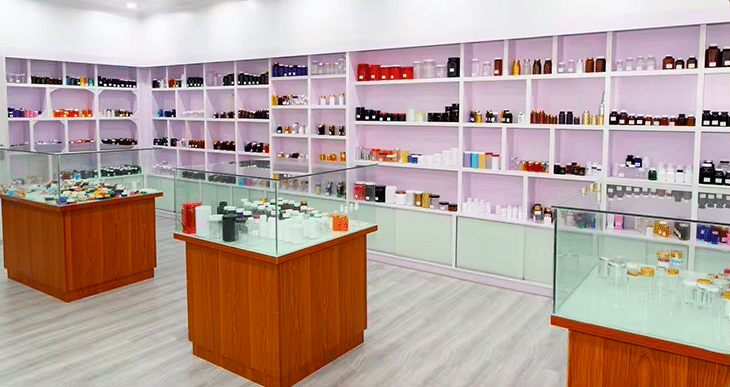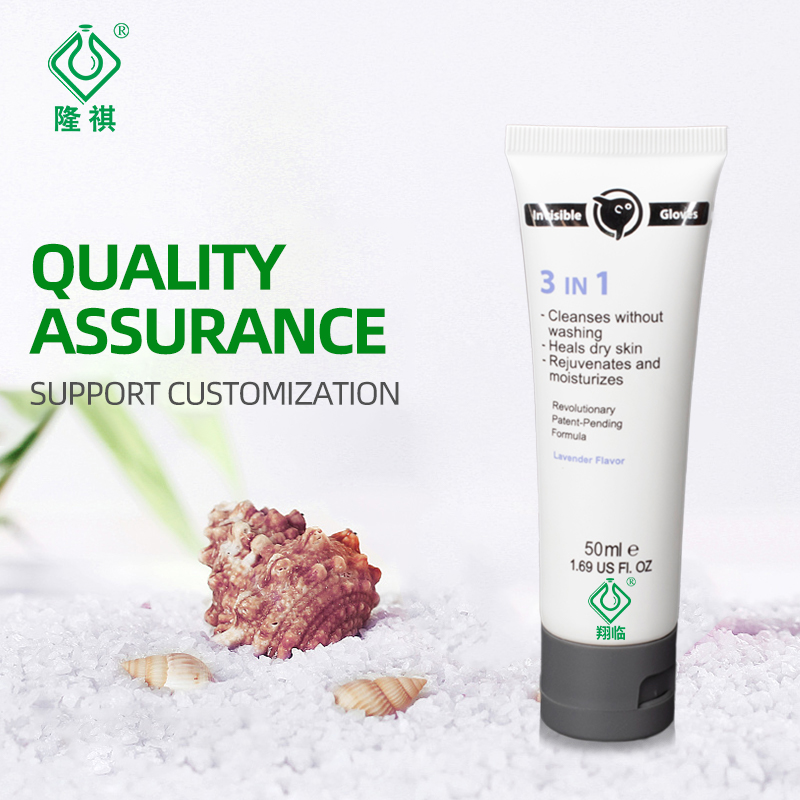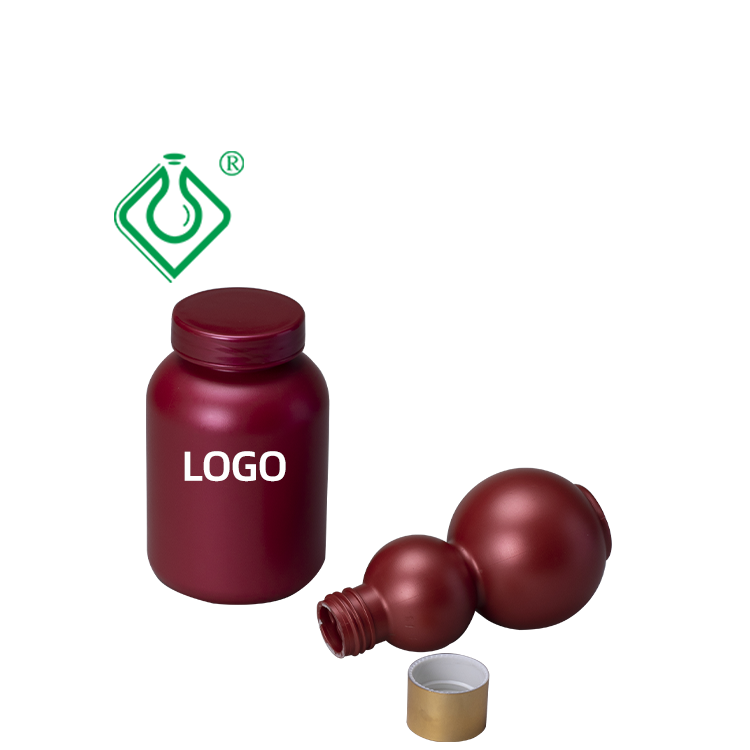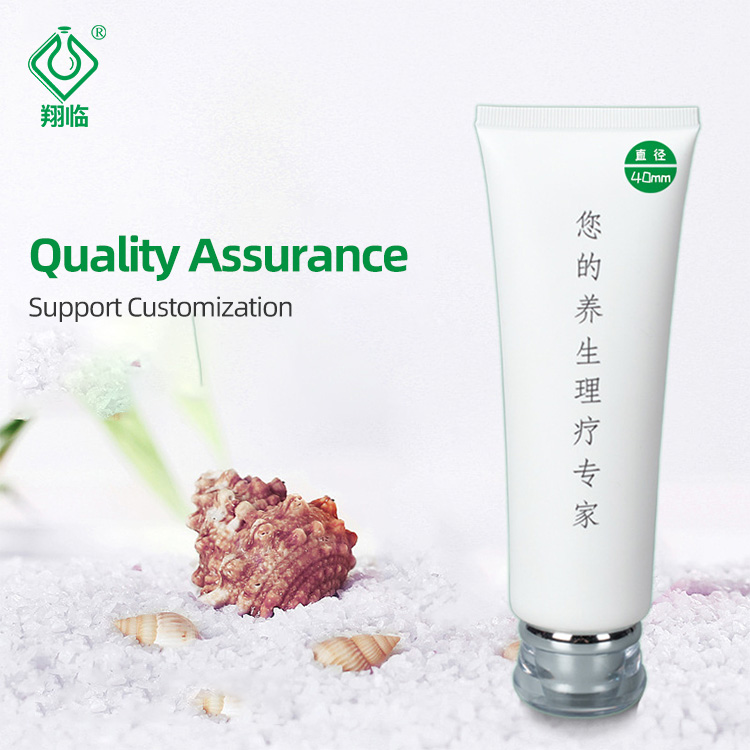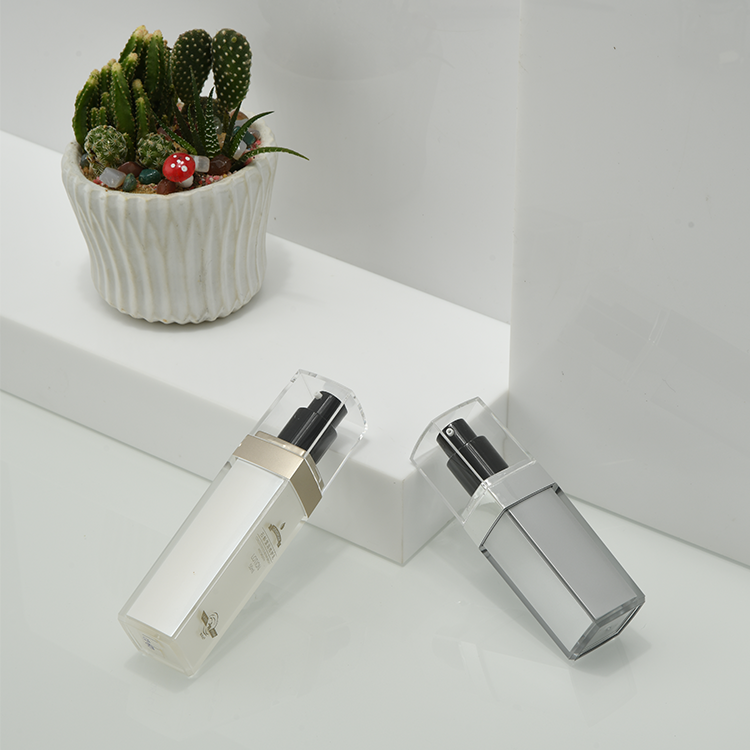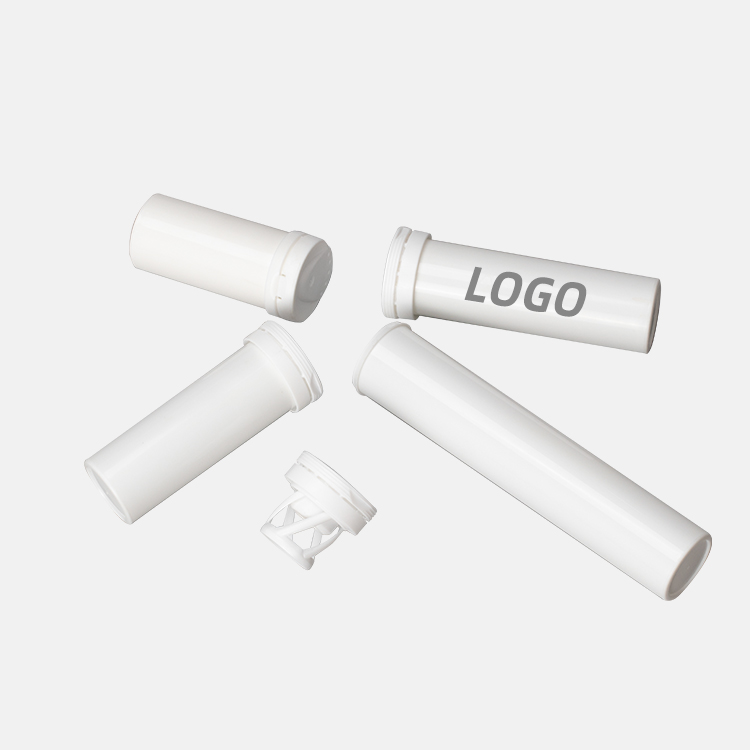Plastic bottles of different materials have different environmental performance and application areas, as follows:
| Material | Environmental performance | Application |
| HDPE | Recyclable, but long degradation time |
Milk bottles, beverage bottles, detergent bottles, laundry detergent bottles, etc.
|
| PET | Recyclable, degradable, but long degradation time |
Beverage bottles, cooking oil bottles, cosmetic bottles, etc.
|
| PE | Recyclable, partially degradable | Food bags, films, packaging bags, etc. |
| PP | Recyclable, partially degradable |
Food boxes, yogurt bottles, microwave tableware, etc.
|
| PS | Difficult to recycle, non-degradable | Disposable tableware, foam packaging, etc. |
| PLA | Biodegradable, but high cost | Food packaging, tableware, disposable items, etc. |
| Acrylic | Difficult to recycle, non-degradable | Bottles, cosmetic bottles, decorations, etc. |
Specific analysis:
Recyclability: HDPE, PET, PE, PP are all recyclable, but PS and Acrylic are difficult to recycle and will cause environmental pollution.
Degradability: PET and PE are partially degradable, PLA is biodegradable, while PS and Acrylic are non-degradable and will exist in the environment for a long time.
Cost: PLA has a high cost, so its application range is relatively narrow.
When choosing plastic bottle materials, the following principles should be followed:
- Give priority to recyclable and degradable materials.
- Avoid using materials that are difficult to recycle and non-degradable.
- Choose the right material according to product characteristics.
- Reduce the use of plastic bottles and choose reusable containers.
HDPE (High-density polyethylene)
HDPE plastic bottles are usually marked as No. 1 and are usually used for milk bottles, healthcare bottles, detergent bottles, and laundry detergent bottles.
HDPE plastic bottles are recyclable, but they need to go through steps such as washing, drying, and compression.
Recycled HDPE can be used to make new plastic bottles, pipes, furniture, etc.
PET (Polyethylene Terephthalate)
PET plastic bottles are usually marked as No. 2 and are usually used for beverage bottles, cooking oil bottles, and cosmetic bottles.
PET plastic bottles can be recycled, but they need to go through steps such as washing, drying, and sorting.
Recycled PET can be used to make new plastic bottles, textile fibers, carpets, etc.
PE (Polyethylene)
PE plastic bottles are usually marked as No. 4 and are usually used for food bags, films, and packaging bags.
PE plastic bottles can be recycled, but some types (such as LDPE) are more difficult to recycle.
Recycled PE can be used to make new plastic bags, films, pipes, etc.
PP (Polypropylene)
PP plastic bottles are usually marked as No. 5 and are usually used for food boxes, yogurt bottles, and microwave tableware.
PP plastic bottles can be recycled, but some types (such as BOPP) are more difficult to recycle.
Recycled PP can be used to make new plastic boxes, pipes, furniture, etc.
PS (Polystyrene)
PS plastic bottles are usually marked as No. 6 and are often used for disposable tableware and foam packaging, etc.
PS plastic bottles are difficult to recycle in many places because they will contaminate recycling facilities.
PS plastic bottles can be recycled in some areas, but they need to go through special processing steps.
Recycled PS can be used to make new plastic tableware, packaging materials, etc.
PLA (Polylactic Acid)
PLA plastic bottles are usually marked as No. 7 and are often used for food packaging, tableware, and disposable items, etc.
PLA plastic bottles are biodegradable, but in most cases cannot be recycled with other recyclable plastics.
Industrial composting facilities in some areas can accept PLA plastic bottles.
Recycled PLA can be used to make new plastic bottles, tableware, textile fibers, etc.
Acrylic
Acrylic plastic bottles are usually not marked with recycling codes and are often used for bottles, cosmetic bottles, and decorations, etc.
Acrylic plastic bottles are difficult to recycle in most places because they will contaminate recycling facilities.
Acrylic plastic bottles can be recycled in some areas, but they need to go through special processing steps.
Recycled Acrylic can be used to make new plastic bottles, furniture, etc.
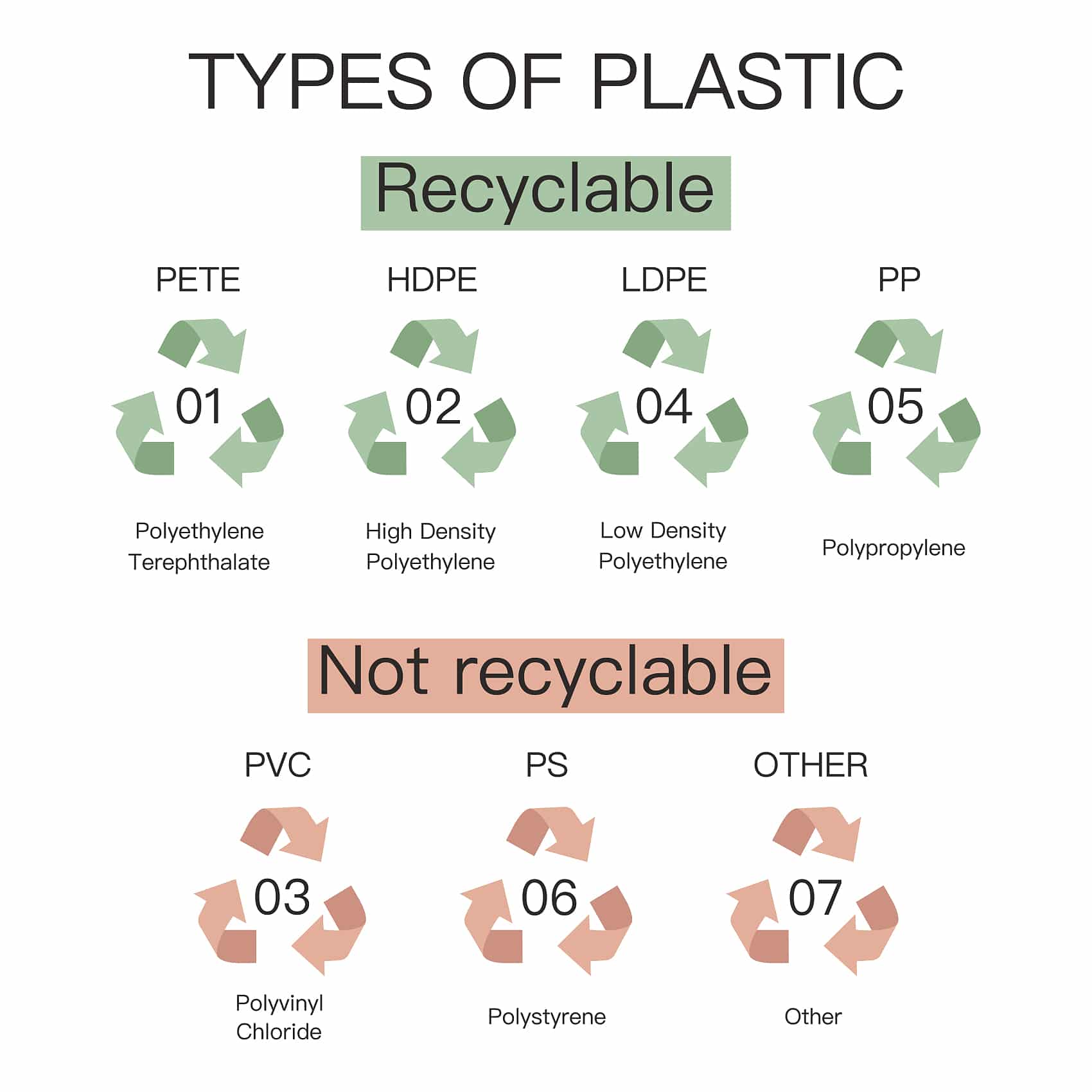
When choosing packaging for Healthcare, Wellness, and Lifestyle Brands, please refer to the following suggestions.
For products that require transparency, you can choose materials such as PET, PP or glass.
For products that require low cost, you can choose materials such as HDPE or PVC.
For disposable products, you can choose materials such as PS.
Xianglin has been providing plastic medicine bottles to manufacturers since 2006. We have international certificates such as CE, SGS and IAF international certificates. Certified by europe and the USA. If you have any needs, please feel free to contact us.

